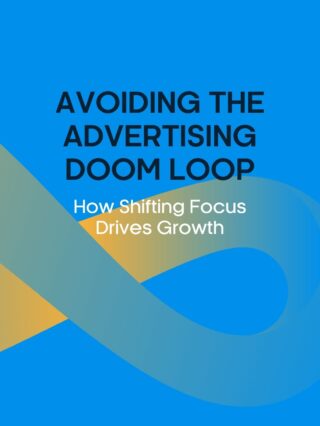What are PPIDs?
Google has announced that it will be facilitating a strategy for publishers to leverage their first-party data or Publisher Provided Identifiers (PPIDs) as a way of increasing programmatic revenue. Publishers will have the opportunity to opt in and upload their own first-party data or PPIDs into Google Ad Manager (GAM). GAM will then anonymize the data and will make it available via aggregated segments in both Google Ads and Display & Video 360 (DV360) platforms. Furthermore, campaigns running in Google Ads and Display & Video 360 will be able to target these segments and therefore drive auction revenue back to participating publishers. With the use of PPIDs segments, advertisers can programmatically deliver relevant ads on publishers’ websites and apps based on highly desired first-party data.
What are the benefits for publishers?
Publishers earn more revenue in the programmatic auctions by creating new auction paths back to their websites. According to Google, “publishers saw an increase of 15% or more in programmatic auction revenue when passing PPIDs in inventory without other identifiers.” In addition, audience segments created using PPIDs will only be made available in programmatic auctions when there are no other identifiers present. This means that PPIDs will have no impact on publishers’ current programmatic inventory where third-party cookies or other identifiers are still provided.
What are the benefits for advertisers and agencies?
On campaigns where PPIDs segments are utilized, advertisers will gain the ability to cross-device target, implement frequency caps, and even deploy creative optimization without the need for third-party cookies or other identifiers.
What is the benefit for Google?
Google stands to benefit the most from this rollout because publishers will be the ones providing much-needed cookieless solutions at a time where there is tremendous movement in the industry. In addition, privacy will be upheld by Google because PPIDs passed to Ad Manager will not contain personal information or device IDs and Google will have no visibility or access to the underlying data.
Are there limitations?
PPIDs are unique to each publisher, there is no way to match identifiers or create profiles across many sites. This means only publishers with a large enough data set will be able to benefit the most by driving revenue back to their sites. In addition, because the segments will be limited in reach, we predict it will be difficult to scale up campaigns that are performing well.
What do we think?
With our deep experience in GAM, Google Display Network (GDN), and DV360, we believe PPIDs will have a positive impact on programmatic campaigns. With the announcement that Chrome will no longer support third-party cookies past 2023, the industry will need plenty of cookieless solutions and PPIDs can play a key role. We look forward to learning more about Google solutions in the coming months and we will continue to evaluate identity solutions as they become available from various vendors.





